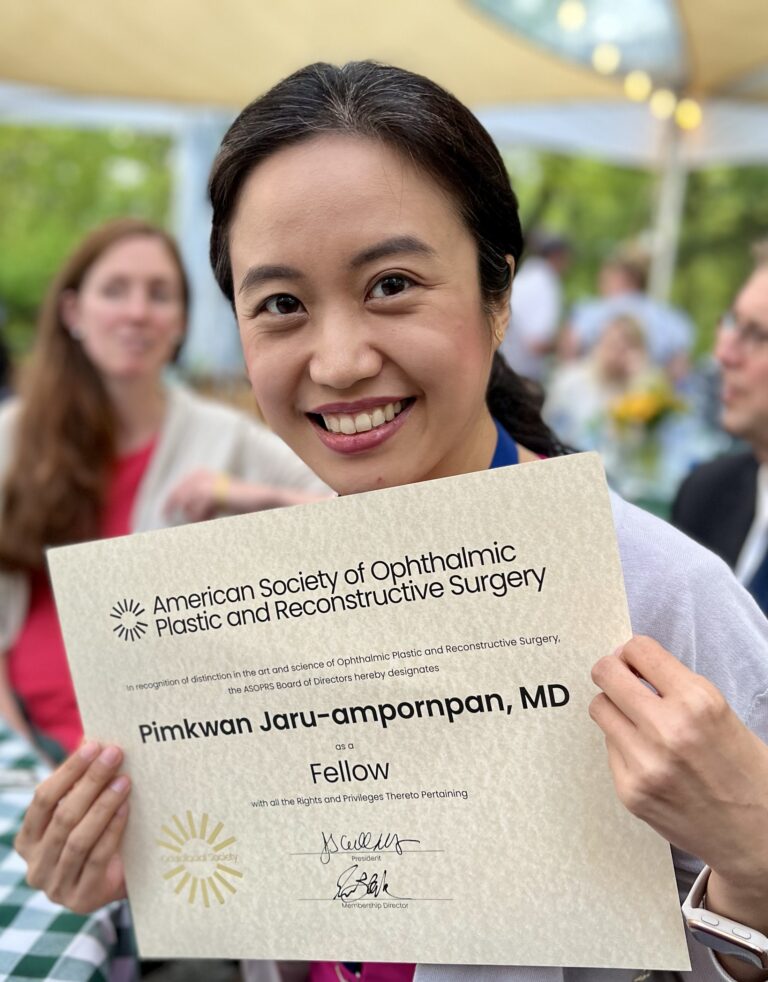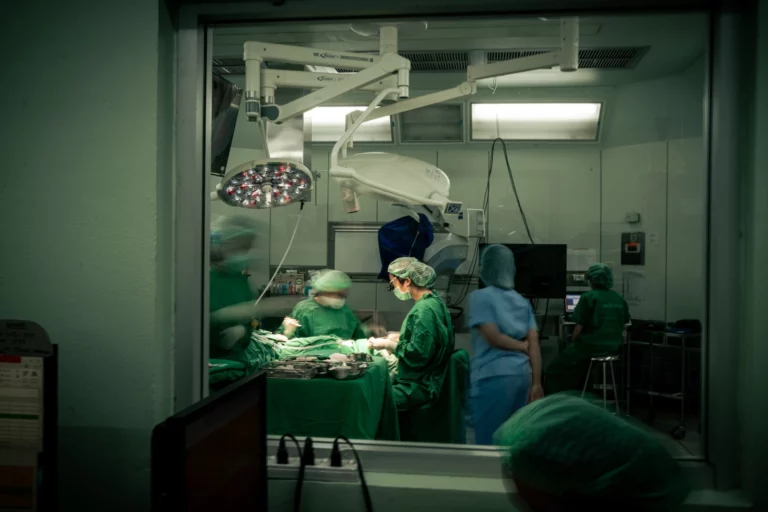What Is Facial Paralysis?
Facial paralysis happens when the facial nerve, which controls movement of the face, is damaged. This nerve helps you smile, frown, close your eyes, and raise your eyebrows. If injured by trauma, infection, Bell’s palsy, stroke, or surgery, one side of the face may become weak or paralyzed.
When this occurs, the eye on the affected side may:
- Water or tear excessively
- Feel dry, scratchy, or irritated
- Have droopy eyelids
- Have difficulty blinking or closing completely
Over time, some people develop synkinesis — uncoordinated or involuntary movements, such as eyelid twitching or squinting while chewing.
Why Eye Protection Matters
If the eyelids cannot close properly, the eye may dry out, especially during sleep. Without treatment, this can threaten vision.
Eye protection measures may include:
- Artificial tears or ointments
- Moisture goggles or eyelid taping at night
- Surgery such as tightening a loose lower eyelid, partially sewing eyelids together (tarsorrhaphy), or placing a gold or platinum weight inside the upper lid to help it close.
Treatment Options
- For facial symmetry: Procedures may lift the brow or corner of the mouth, or even restore movement with facial reanimation surgery.
- For synkinesis (abnormal movements): Treatments include physical therapy, botulinum toxin injections, medications, or sometimes surgery.
Your oculoplastic surgeon will recommend the best options depending on your symptoms and goals.
Risks and Considerations
- Multiple procedures may be needed over time.
- Bleeding and infection are rare but possible.
- Results cannot be guaranteed, but treatment aims to protect vision, improve comfort, and restore balance to the face.
Summary
Facial paralysis can seriously affect the eyes by causing dryness, tearing, or incomplete closure. With modern treatments, most patients can protect their vision and improve both comfort and appearance.



